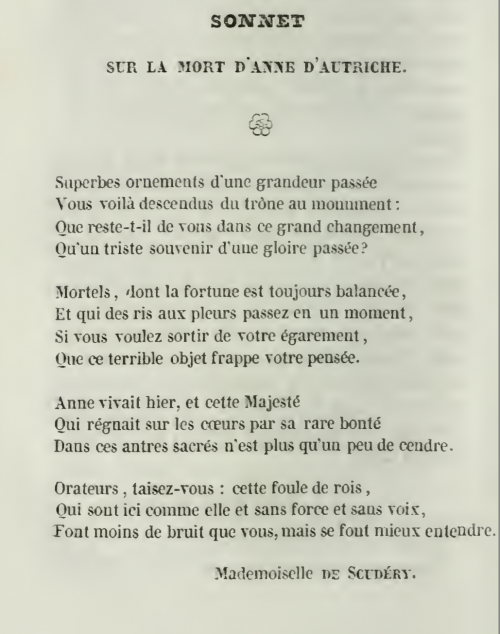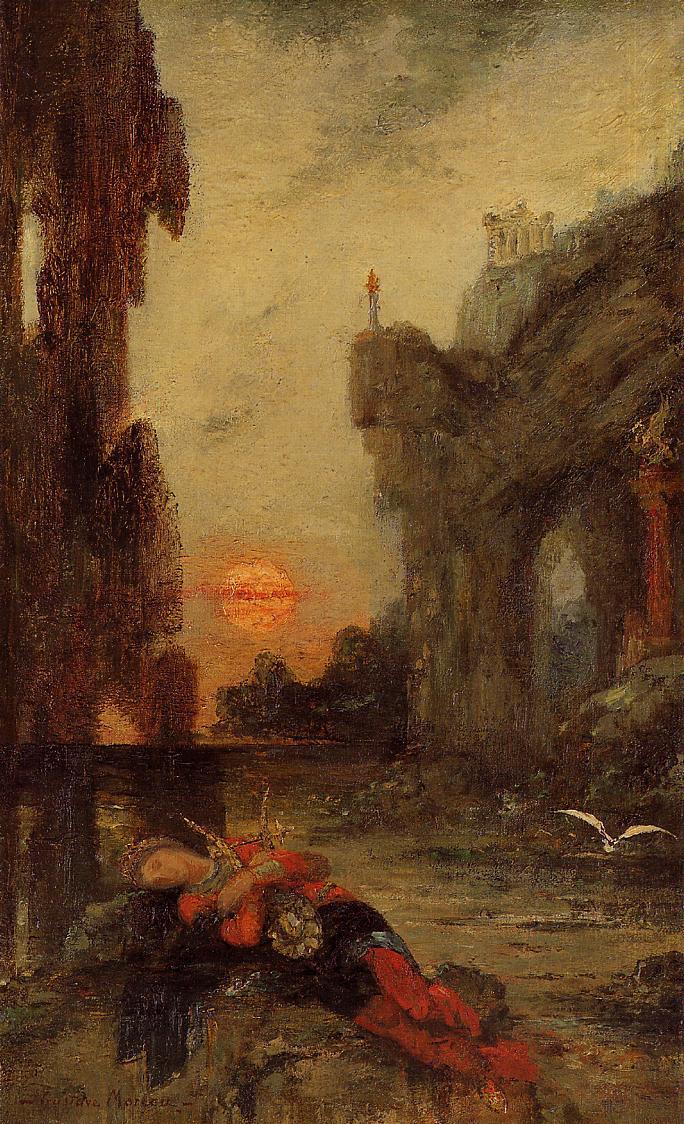



The conversations generated by the map elaborate a theory of love that values reason over passion and discourages marriage. The most famous episode in her third novel Cl élie, histoire romaine, published between 16, concerns an allegorical map of the human heart, called the Carte du pays de Tendre (Map of the land of tenderness). In her later works Scud éry focused increasingly on the philosophical discussions of salon society. While she was writing the novel, Scud éry established her own literary coterie known as the samedi, named for the day of the week on which she received her guests, and modeled after the famous Rambouillet salon gatherings that Madeleine and her brother had frequented in the 1630s. She included a character sketch of herself as the Greek poet Sappho, expounding with her friends on platonic love and the life of the intellect. Although its characters were drawn from historical sources and the setting was remote, Artam ène, ou Le Grand Cyrus was a roman à clef in which most of the major characters could be identified with real people among Scud éry's contemporaries. The French civil wars known as the Fronde were coming to a close during this same period, and Scud éry dedicated the novel to the duchess of Longueville, who had been a leader in the uprisings against the throne. It was translated into English, German, Italian, and Arabic. Although the precise nature of his contributions is uncertain, Georges did clearly collaborate to some extent with his sister in the writing of her novels, and he wrote the prefaces to several of her books.Īrtam ène, ou Le Grand Cyrus, Madeleine de Scud éry's second novel, published in ten volumes between 16, assured her celebrity both in France and abroad. This practice of using the name of her brother as her pseudonymous signature was one that she continued for most of her prolific career as a writer, despite the fact that her own authorship was openly acknowledged in the gazettes, memoirs, and letters of the time. In 1641 Madeleine published her first novel, Ibrahim ou l'illustre Bassa, under her brother's name. The two siblings worked together on works of fiction that enjoyed immediate success. In 1637 she joined her brother Georges in Paris, and together they frequented the thriving literary salons of the Marais district. She spent most of her youth in Rouen, where she received a better education than that of most girls of her social background and time. One of five children born in Le Havre to a noble family of relatively modest means, Mlle de Scud éry was one of the most influential and popular novelists of the seventeenth century.

SCUD ÉRY, MADELEINE DE (1607 –1701), French novelist, philosopher, and moralist.


 0 kommentar(er)
0 kommentar(er)
